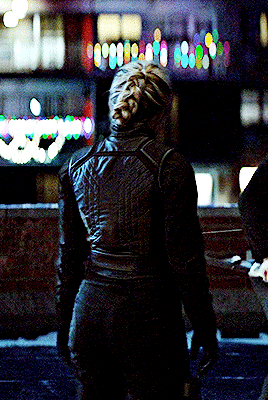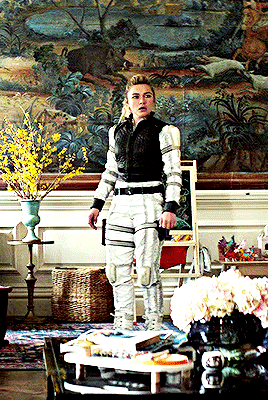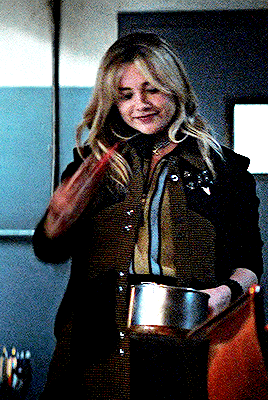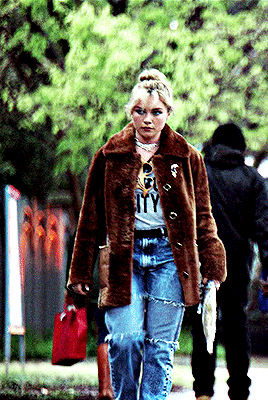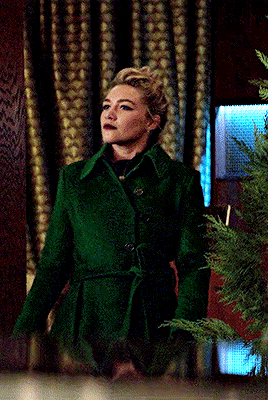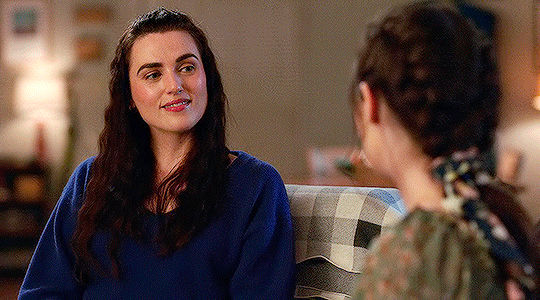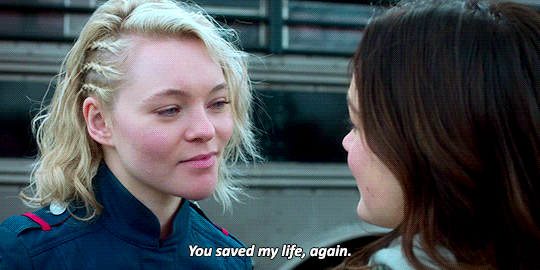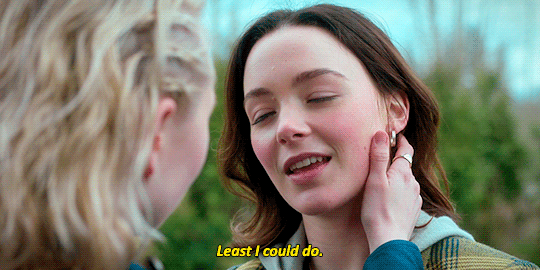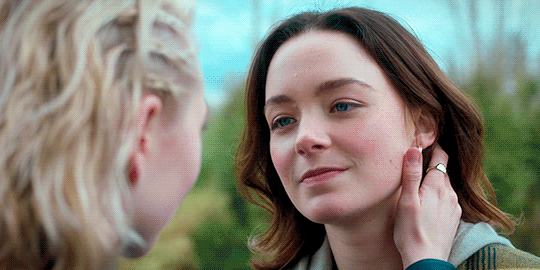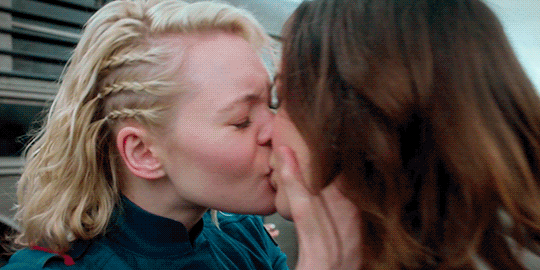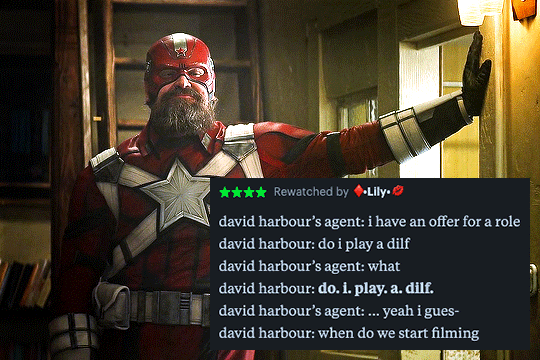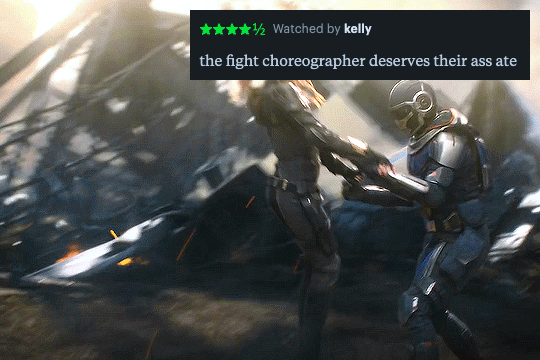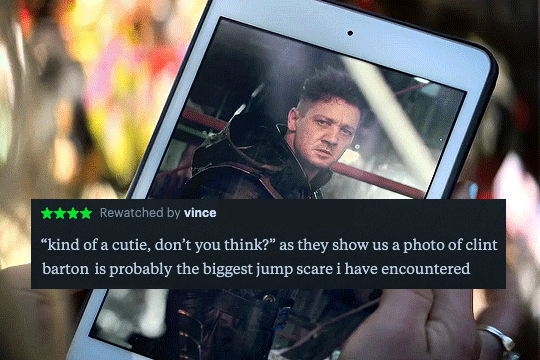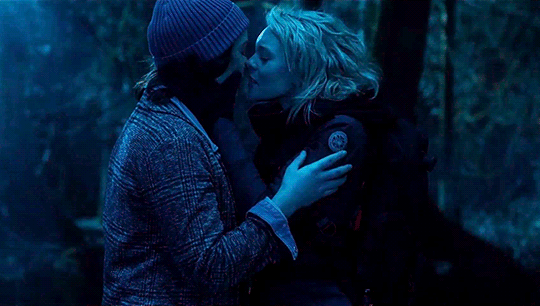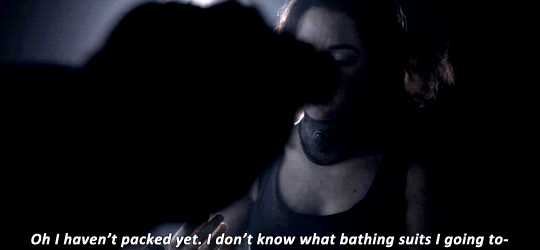Hullos shun here :] Here's a collection of things that show a lil bit of who I am. Blue skies and starry nights we barely see these days. HP7. Grey's. Atypical. Water on my face and wind on my cheeks. Kisses - on the forehead, neck and lips. Cold sheets and cuddles. Modern Family. Broadchurch. Body art - little and big alike. HIMYM & B99. Paddling. Forests. Superheroes. The beautiful game. 1D & The Tide. Boots and coats. Curious song lyrics. Running on the beach. Long woolen socks. Human moments and half smiles. Novo Amor & Sleeping At Last. History. Shoes. Memorials for the fallen. Snippets of emotions. An occasional dessert. Quiet museums. Pretty boys and suave ladies and rainbow flags. Boats and paddles. Anagrams and poems and books. TV scenes. Fall and flowers. Animals. Mountains. People. People. People. Culture and travels. Running. Falling in love, again. Figuring out my faith. Waiting for the one who will take my breath away. Whoever you are, I will make you laugh and we will go to places. Here's to being brave and strong for the warriors of my heart. 22, and I love me some adventures. Grateful for this world and this life.
Don't wanna be here? Send us removal request.
Photo
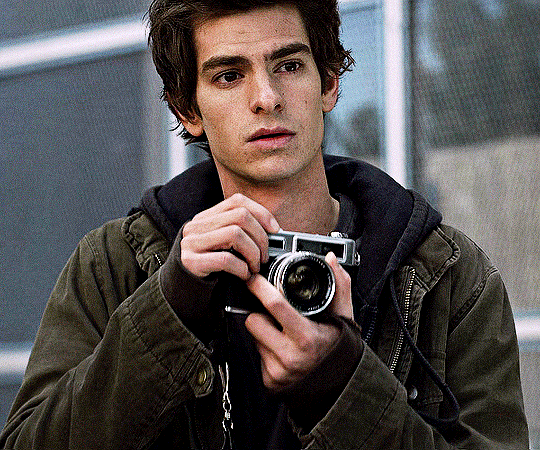
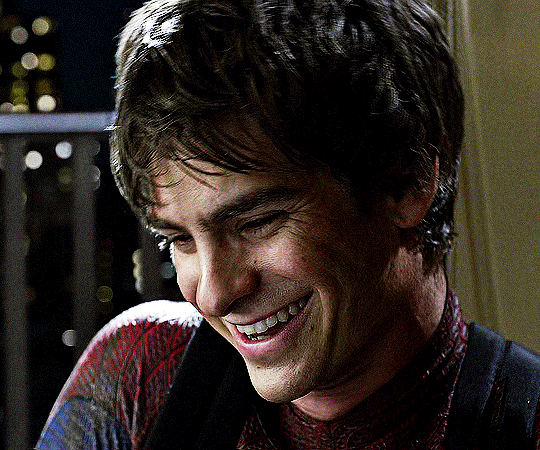
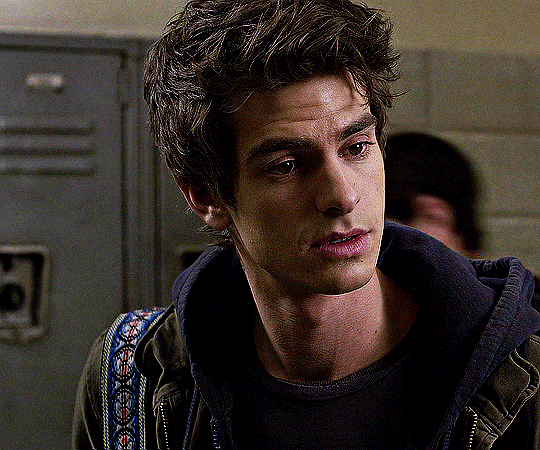

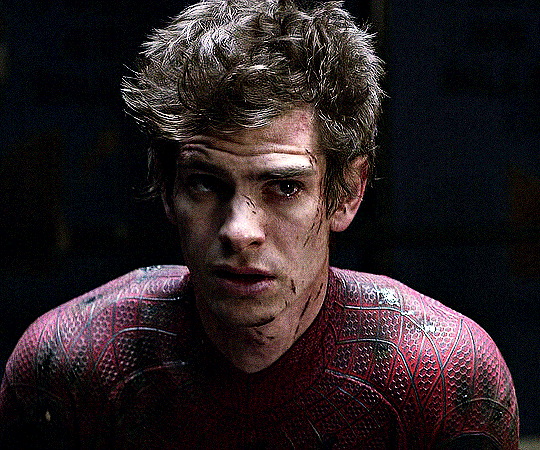
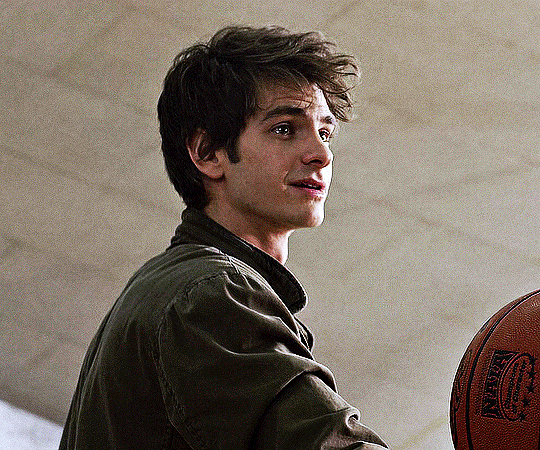
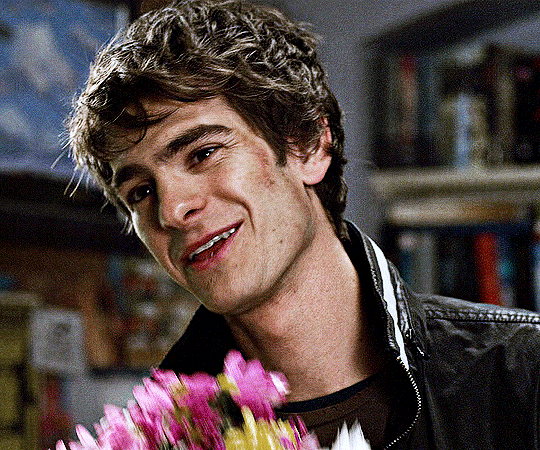
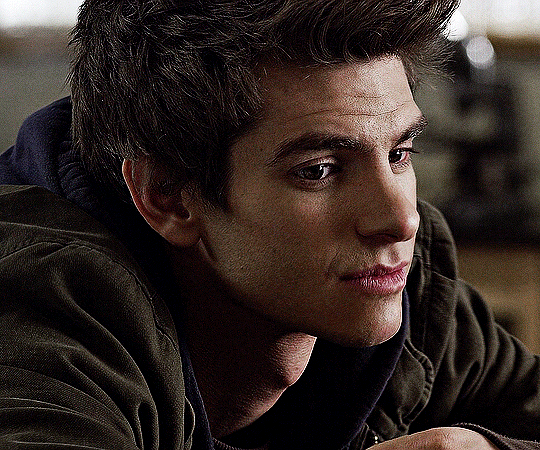
ANDREW GARFIELD as Peter Parker THE AMAZING SPIDER-MAN (2012) dir. Marc Webb
6K notes
·
View notes
Photo

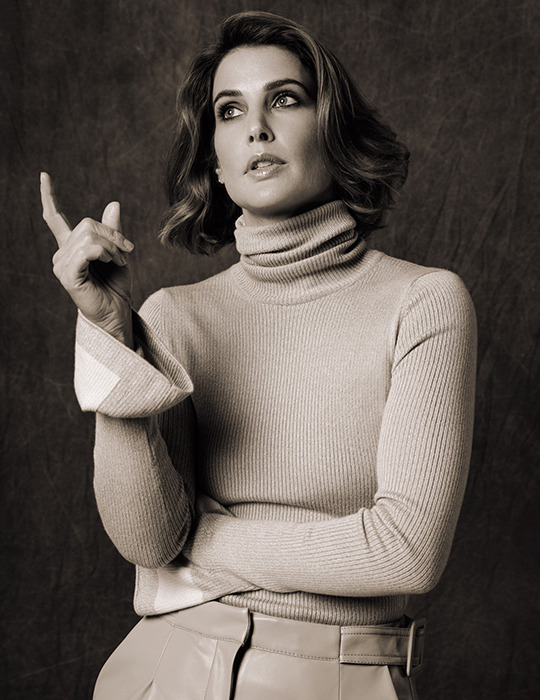

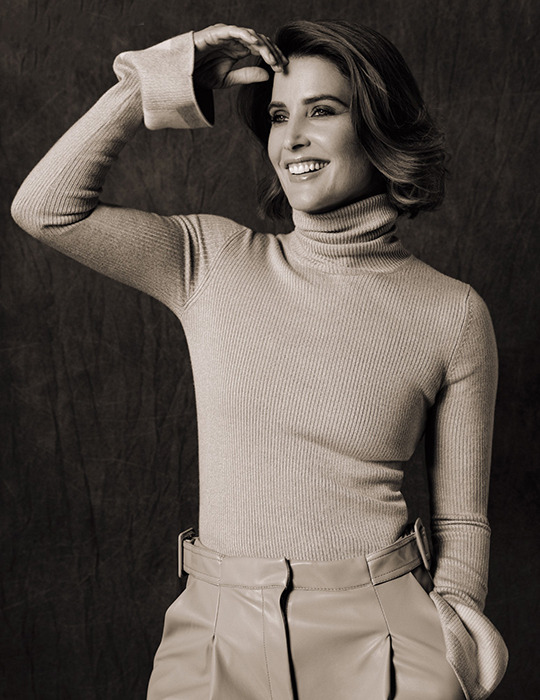

COBIE SMULDERS L'Officiel Fashion Book AU | October 2021 📸: Mike Ruiz
4K notes
·
View notes
Photo
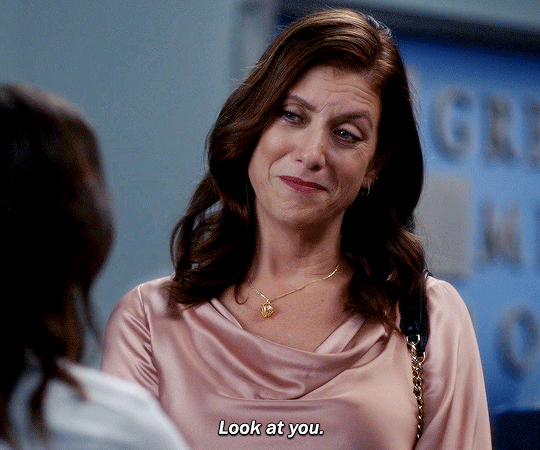






GREY’S ANATOMY 18.04, “With a Little Help from my Friends”
849 notes
·
View notes
Photo








She understands more than you think. The Chair (2021)
474 notes
·
View notes
Link
I’ve been an English professor for nearly 20 years, but people still tell me I don’t look like one. Not because I’m young (I’m not), but because I’m Asian American. Whenever professors are depicted in shows or movies, they’re usually stereotypes—elitist, intimidating, eccentric, out of touch, occasionally inspiring—and they’re almost always white and male and, yes, wearing wool jackets. So for me it was startling, even emotional, to see Sandra Oh as a professor trying to run a dysfunctional English department at an East Coast liberal arts university on the Netflix show The Chair. As her character Dr. Ji-Yoon Kim says, “When I started, it was like, ‘Why’s some Asian lady teaching Emily Dickinson?’” Like so many of us, she is still struggling with the idea that she has something to prove. (Spoilers ahead.)
In the fictional Pembroke University English department, there are only two professors of color: Ji-Yoon and Dr. Yasmin McKay (Nana Mensah), a Black scholar who is about to go up for tenure. The careful way they move through the university is surely familiar to every woman of color in academia. In one scene, Yaz attempts to connect with an older white male professor (Bob Balaban), who happens to be instrumental in her tenure application, by talking about a shared interest, Herman Melville, and how the New York Times misspelled Moby-Dick in his obituary. She reaches out, only to discover in the next moment that he’s written a letter undermining her tenure. This is real: the work of negotiating white people’s comfort, as a way to make life a little bit easier overall, and getting nothing, or worse, in return.
Like Ji-Yoon, I once took on a leadership role at a small university, in my case directing an academic program. Like Ji-Yoon, I was the first woman of color in that position; I was the first person hired on the tenure track in that program at all. I too inherited a tangle of enrollment worries, generational conflicts among faculty, ominous edicts from the dean’s office, and concerns over how and what students are taught (does Chaucer “matter” anymore?) and who gets to decide. I too endured microaggressions, like being mistaken for another Asian American woman, or being told that I needed to be “civil” when I objected to an event’s lack of diversity. And, like Ji-Yoon, I felt set up for failure, set up for many years of looking back and wondering what I could have done better.
At one point in The Chair, Yaz says to Ji-Yoon, “You act like you owe them something. Like you’re here because they let you be here, not because you deserve it. I mean, what are they without us at this point?” She adds, “You’re running around playing nice.” Ji-Yoon reacts defensively, but it’s clear that Yaz’s comments have hit home. Has Ji-Yoon been playing too nice? How complicit has she been? Does she have to carry the weight of a white institution’s baggage? These are all questions I’ve asked myself too, along with a bigger one the show asks: What are we even doing here?
The truth is, Ji-Yoon and countless other professors of color are tasked with cleaning up the messes that white people have put in place, and continue to make, and then we get blamed for not fixing everything. (All while trying to manage our own classes and research.) In The Chair, this scenario mainly plays out with the character of Bill Dobson (Jay Duplass), another English professor and Ji-Yoon’s would-be love interest. His careless antics—because white guys like this get to be careless—lead to campus-wide protests, raise questions about “cancel culture” and define the show’s main arc. As in real life, the woman of color spends much of her time trying to solve a host of problems that the white guys keep making worse.

I am the same age as Ji-Yoon and what I felt watching her was the pain of recognition, the tension of having come up in an old-guard era while trying to lead in a new-guard era. On one side is the character of Dr. Joan Hambling (Holland Taylor), a white feminist who’s on a list for possible forced retirement, who never went up for full professor because her research got sidetracked by departmental duties, who intends to support Ji-Yoon but, fueled by bitterness, undercuts her. On the other side is Dr. Yasmin McKay, whose innovative teaching and research win over students and who knows how much she herself deserves. When Ji-Yoon tells her, “You are the going to be the first tenured Black woman in this department,” Yaz’s response is perfect: “That’s why I’m leaving.” She has recognized what Ji-Yoon and certainly Joan before her never did.
Ji-Yoon’s experience feels real because of the way she falls into the trap of trying to live up to every expectation. University systems were built on this: we are told to prove we deserve to be there, prove we deserve tenure, prove the value of our programs and departments through enrollment (“butts in seats!” Pembroke’s dean says, echoing administrators across the land), prove the value of our research and, too often, prove the value of our very identities.
The Chair hones in on the increasingly fraught landscape of the American corporate university, where meetings and management take up more space than the actual and joyful work we really want to do: teaching. With just six half-hour episodes so far, let’s hope this show gets another season. There’s plenty more absurdity to lampoon, and plenty more reality to tackle, like adjunct labor and ongoing challenges to critical race theory.
I’m now at a university that bears little resemblance to Pembroke, but being a woman professor of color at any predominately white institution isn’t easy. The Chair was stressful to watch for that reason. But it’s also the first time I’ve seen someone like me, an Asian American woman, professor, and mother, as the protagonist of a show. Along with the recognition and anxiety, I felt a sense of tenderness toward Ji-Yoon and then toward almost every other character because she does too. This is, after all, what we do in English classes everywhere, whether we’re talking about Chaucer or our students’ creative writing: we look for complication, we seek new perspectives, and we work toward a better sense of understanding.
138 notes
·
View notes
Text
Raylla, Samhain and the union of life and death
If you haven't seen my post on Scylla and Morrigan click here, it'll make more sense:
As I was doing my research on the Morrigan and looking around random books I have on mythology, I couldn't help but notice that not only does Scylla relate to Morrigan, but Raelle actually shares many similarities to the Dagda.
(He has been described as being fat and comical before but if I'm correct, it's believed that was actually added in there by the Christians as a way to minimize and poke fun at pagan religions, so, for this post, we'll be talking about the traditional depictions of him from norse communities)
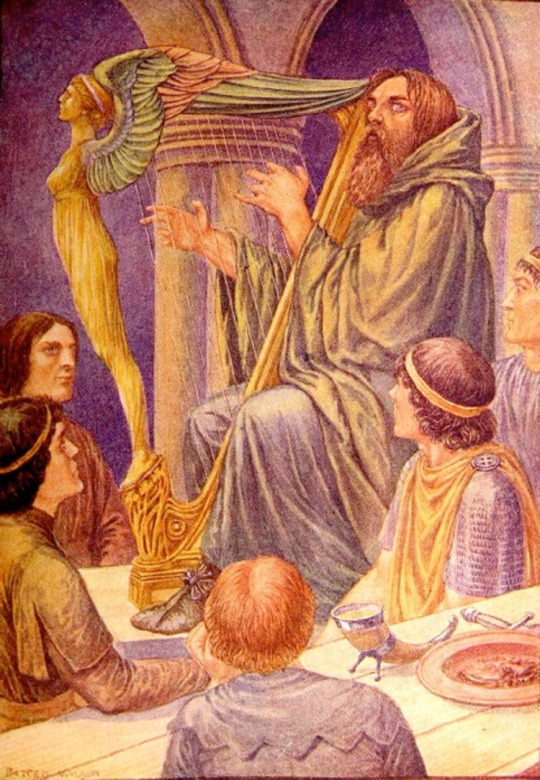
The Dagda is described in Norse mythology as a "Good God" and the protector of the nordic people. He was son of Danu, the mother goddess, and Elatha, who was the king of the Fomorians, the same people with whom he'd actually be at war for most his life after he, himself, became king of the Tuath Dè Danann, or "people of Danu".
This, to me, already draws parallels to the fact Raelle is half civilian, yet she fights civilians in the name of the witch army, in some way choosing (or really being given no choice but) to side with her mother's people and defend them over anything else, just like Dagda after becoming king. Eventually, and only with the help of Morrigan, Dagda brings waste upon the Fomorians and peace to his people during the battle of Magh Tuiredh.
Another parallel that came up a lot were Dagda's magical weapons. As a god, he represented fertility, plentifulness, magic and the seasons, as well as being the literal God of Life, and linked to healing magic. The coire ansic was his cauldron that never ran empty, a representation of plentifulness. Then there was his harp, uaithne that commanded the seasons, as well as led men into battle.
And lastly, the one that I think correlates to Raelle the most, the lorg mór, a mighty staff that could "take nine souls with one end, and bring them all back to life with the other", which, idk, reminds me of our good old Mother Mycelium?

I mean, it's been stablished she can just as easily kill a room of people and bring them back to life so I think it checks out.
But what really got me obsessed with these parallels has to be how much Dagda and his goddess of death wife remind me of Raylla. It has to be on purpose by this point.
The union of Dagda and Morrigan is, from the very beginning, a metaphor for the relationship between life and death. Dagda, being so full of light, and seen as the protector of life, doesn't seem like he'd have much in common with the Morrigan, a goddess assimilated to death and destruction. At least if you look at them at first glance.
Their meeting supposedly happened by the bank of a river, and Dagda was instantly enamored as he saw Morrigan singing and washing herself in the water.

According to myth, it was love at first sight, and they were both as fascinated with the other as can be. This meeting is what originated Samhain, and their reunion itself is believed to thin the veil every year on that same day, bringing the taken souls back to the land of the living as a sort of celebration from their union. The marriage itself points to how ancient norse people saw the correlation of life and death, where one only exists with the other.
Dagda and Morrigan actually end up having a lot in common if you think about it, both being warriors and protectors of their people.
The Morrigan is a very complex deity, some say she takes pleasure in the carnage of war and that she is a cruel goddess, only interested in death, but what is most believed is that she acts as a sort of Washer for the Fords, warning warriors that their deaths are near and overseeing battle. She is linked with pain and grief, but also with reinvention and in some ways, forgiveness. Meanwhile Dagda has been related to fertility, happiness and healing, yet he is also ruthless in battle, and known to crush his enemies without mercy.
They're like the same sides on two very different coins, but they complete each other in an union that is believed to bring forth peace to the new year with Samhain.
This transcript from the Cath Maige Tuired (the book that describes all this stuff in Irish mythology) tells their first meeting, honestly, and it just says everything

I mean, are you gonna tell me I'm wrong? It's literally Raylla!
The Goddess of death who is also a protector of the soldiers. The one that reinvents and rebirths herself out of darkness all in the name of love. The queen of everything dark, scary and painful. The one who they call queen of terror, but who actually comes to comfort damned souls.

And the fixer, bringer of better times, (literally brought people back from dead before) and probably the reason Scylla hasn't burned the whole world at this point (we all know she could). The one that fights for the innocent, even if it means losing her own life, the one who's got so much light when the world does so much to extinguish it.

They're opposites but they still fell in love, because believe it or not, life and death are not enemies, as we've been told. They're lovers, allowing themselves to end and begin and end again, over and over, in the name of the other. And when they truly, actually, collide as physical things in this world, they'll win a thousand wars, be born a hundred times over and still find their way back to each other.

These two are star crossed lovers with the power of fucking gods of life and death. Their love will bring this war to an end and I will not hear a word otherwise.
361 notes
·
View notes
Photo
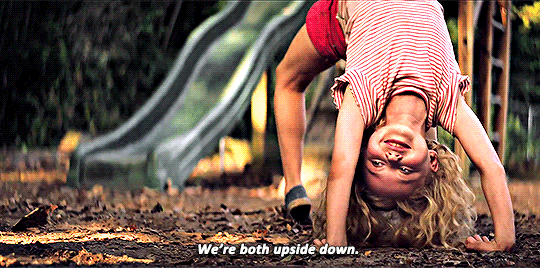
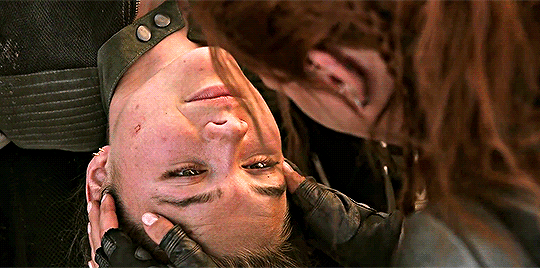
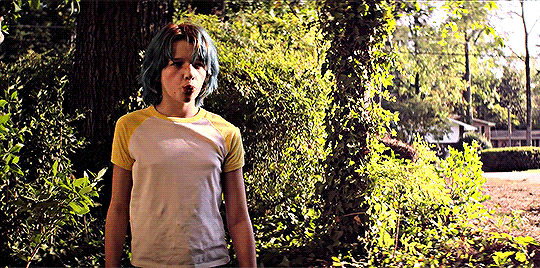
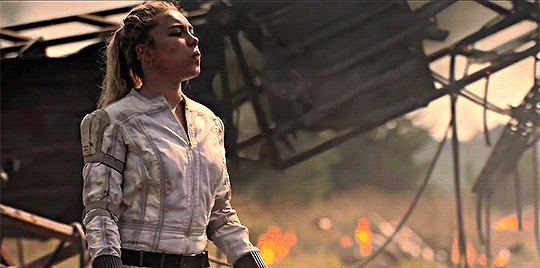

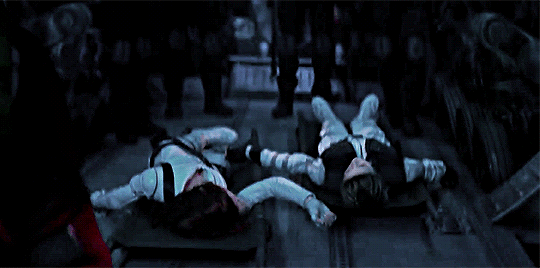
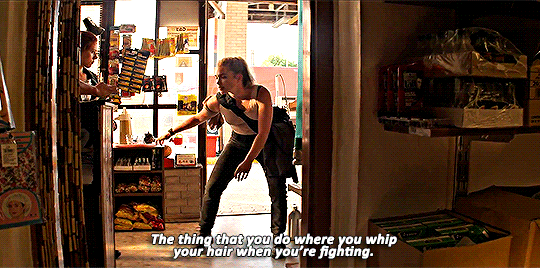
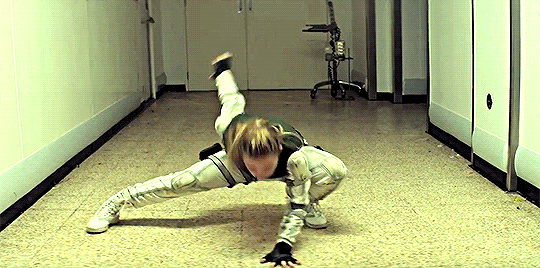
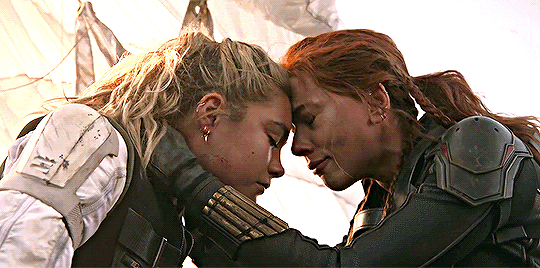
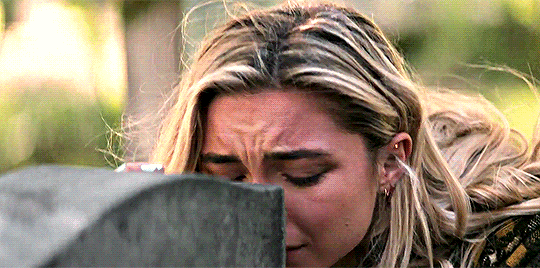
Natasha Romanoff & Yelena Belova parallels | Black Widow (2021), dir. Cate Shortland
19K notes
·
View notes
Text
jbland.blakeson, screenwriter:

rosamund pike, an intellectual:

2K notes
·
View notes
Text

I planned to just do a sketch, but somehow ended up adding colour and now it’s a scene study. Anyway, everyone watch Motherland: Fort Salem please!!!
3K notes
·
View notes
